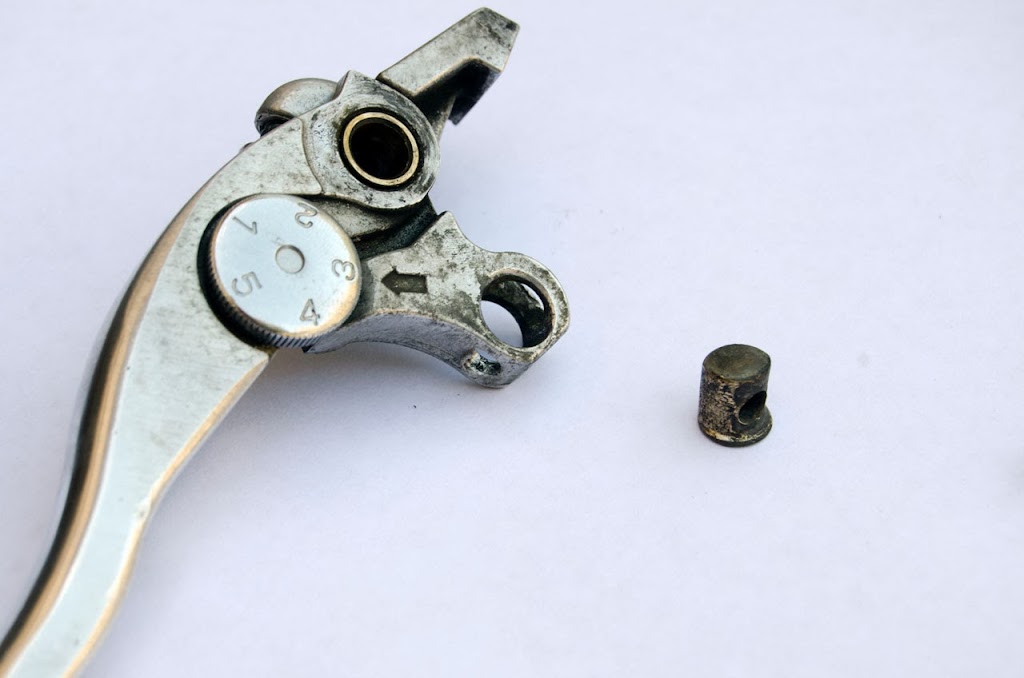So I bought a Gen2 with Pazzo racing levers. I've flushed the brakes and clutch (actually flushed the clutch twice).
Here's the problem. With the adjuster all the way out on the lever (lever furthest away from the grip) The clutch engages just fine. Pressure is good, no slip, and the clutch engages about 1/3 of the way out.
If I move the adjuster (so that the lever is closer to the grip), the clutch engages sooner, to the extent that if I move the adjuster all the way in I cannot disengage the clutch.
See this doesn't make sense to me. The adjuster should have minimal effect on the engagement point. But clearly it does because the less pull I have on the lever, the less throw-out I get on the clutch.
I haven't had a chance to take the lever apart, but I will this weekend. It's probably a simple adjustment, but looking at the exploded parts list I don't see anything to adjust.
What am I missing here? I've already changed the fork oil, bleed the brake and clutch lines, changed and balanced tires, but until I rip into the lever, the engagement point has me stumped. It's hydraulic, what's to adjust?
Thanks....Baz
Here's the problem. With the adjuster all the way out on the lever (lever furthest away from the grip) The clutch engages just fine. Pressure is good, no slip, and the clutch engages about 1/3 of the way out.
If I move the adjuster (so that the lever is closer to the grip), the clutch engages sooner, to the extent that if I move the adjuster all the way in I cannot disengage the clutch.
See this doesn't make sense to me. The adjuster should have minimal effect on the engagement point. But clearly it does because the less pull I have on the lever, the less throw-out I get on the clutch.
I haven't had a chance to take the lever apart, but I will this weekend. It's probably a simple adjustment, but looking at the exploded parts list I don't see anything to adjust.
What am I missing here? I've already changed the fork oil, bleed the brake and clutch lines, changed and balanced tires, but until I rip into the lever, the engagement point has me stumped. It's hydraulic, what's to adjust?
Thanks....Baz




